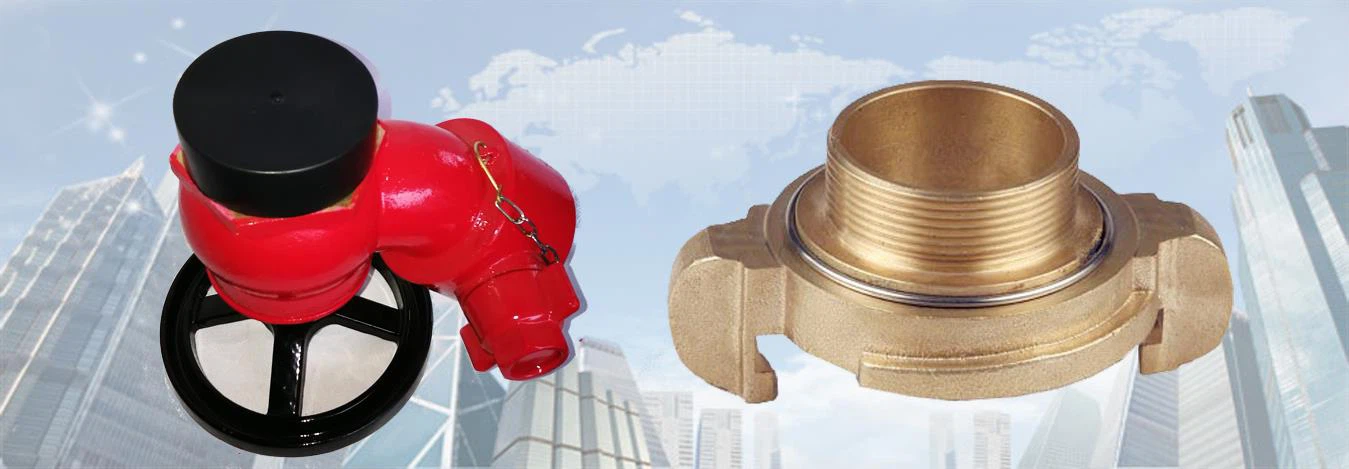How Do Automatic Hose Reels Work?
An automatic hose reel is an efficient tool that retracts and stores the garden hose for you. It comes in a covering or housing depending on the kind, which you can control to draw the hose back in. Some other varieties include:
Hose Hideaway
Hosemobile Hose Reels
Hose Hangout Hose Hangers
When using the hose, you will have to pull out the garden hose according to the length you need. Gathering it back once you finished can be a tiring task.
With an automatic hose reel, you just have to press a button or flip a lever—in the manner instructed by the device—and watch it reel back the hose for you.
2.How Do Fire Hydrants Work?
As you're playing outside with your friends on a nice evening, you suddenly hear loud horns honking and the shrieking of sirens. Oh no! There, in the distance, you spot a plume of smoke from a nearby house. It's on fire, and fire trucks are responding to the emergency.
You begin to think about how firefighters fight fire, and your mind begins to WONDER. Where do they get all the waterthey need to put out the fire? Does the fire truck have a big tank that holds all the water?

Fire trucks do have tanks of water, but they can't hold enough water to fight a fire effectively. So where does the water come from? Most of the time, the water comes from a source right in your own neighborhood. They're all around you, and you might rarely notice them or give them a second thought. What are we talking about? Fire hydrants, of course!
Sometimes called fire plugs, fire hydrants are those short, stubby iron devices you see every so often along the side of the street near the curb. They can vary in exact size and appearance, but they're usually shaped like a cylinder with a variety of valves and connection points.
Fire hydrants are usually painted a color, such as bright red or yellow, which helps firefighters to find them easily in case of an emergency. In some areas, local laws require that fire hydrants be painted particular colors depending upon how much water they're able to supply at a particular pressure. This helps firefighters to determine which fire hydrant is the best to use for a particular situation.
Considered an active fire protection device, fire hydrants allow firefighters to access a local water supply quickly. A fire truck will usually haul enough water to allow firefighters to begin to fight a fire while hoses are being connected to the nearest fire hydrant.
Firefighters usually have to use a special pentagonal wrench to remove the valve covers on a fire hydrant. Once the covers are removed, firefighters can attach hoses to the valves. They then open a valve that allows water to flow through the hydrant into the hoses.
Fire hydrants can typically supply a large volume of water. This water is pumped through hoses to the fire truck, where it is pressurized and divided into several streams to supply water to multiple fire hoses at once.
The invention of the modern fire hydrant is usually credited to Frederick Graff, Sr., who developed a combination hose and faucet outlet in the early 1800s as the chief engineer of the Philadelphia Water Works. His creation was considered a "wet-barrel" design, because the part of the hydrant above ground was filled with water since the valve was on the top.
Most fire hydrants today that are used in areas that experience freezing temperatures are "dry-barrel" designs. In these hydrants, the valve is located underground below the freeze line. This means there is no water in the part above ground, thus preventing the hydrant from freezing in cold temperatures.
3.fire hore reel system
Fire hose reels are located at strategic places in buildings to provide a reasonably accessible and controlled supply of water for fire extinguishing.
Fire hose reel systems consist of pumps, pipes, water supply and hose reels located strategically in a building, ensuring proper coverage of water to combat a fire.
The system is manually operated and activated by opening a valve enabling the water to flow into the hose that is typically 30 meters away. The system pressure loss will activate the pump ensuring adequate water flow and pressure to provide a water jet of typically a minimum of 10 meter from the nozzle.
Shaoxing Shangyu Hongye Fire Protection Equipment Factory
Address: Wushan Village,Xiaoyue Town,Shangyu District,Shaoxing City,Zhejiang Pro,China
E-mail: st-olive@hotmail.com

